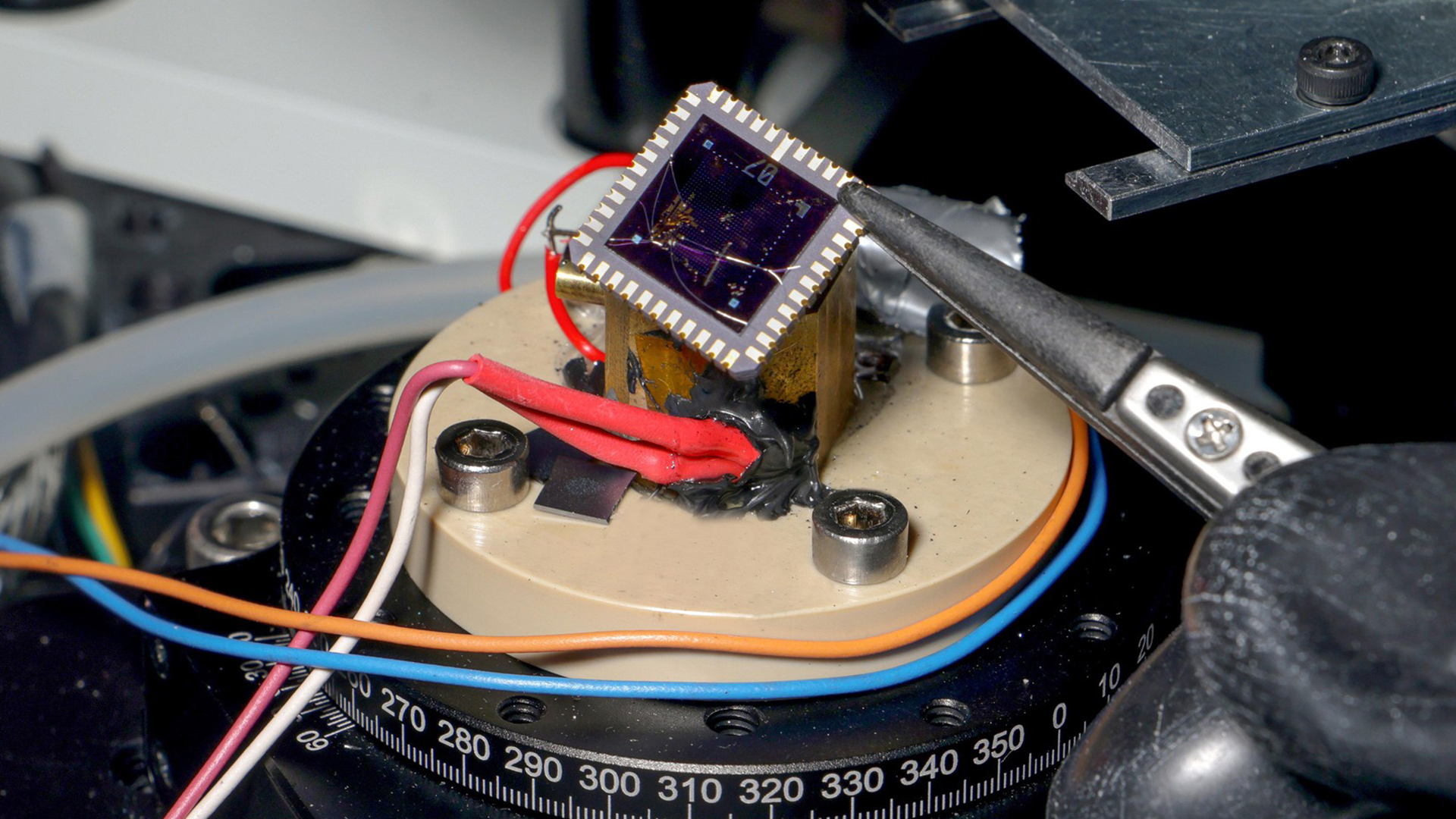You may hear a lot about quantum computing these days, but the world has yet to see a fully operational, powerful quantum computer that can perform large-scale calculations.
A big reason we haven’t been able to build one so far is that we don’t have the technology to keep quantum computers cool.
For example, qubits, the basic unit of quantum computers, require temperatures below 100 millikelvin (about -460 °F) to function. This is even lower than the temperatures in the deep regions of space. However, without achieving such ultra-low temperatures, we cannot make a quantum system work.
Surprisingly, researchers at the Swiss Federal Institute of Technology in Lausanne (EPFL) have developed a micrometer-scale 2D thermoelectric device that can efficiently convert heat to electricity at temperatures suitable for qubit operation.
“If you think about a laptop in a cold office, the laptop will still heat up while it’s running, causing the temperature in the room to rise. In quantum computing systems, there is currently no mechanism to prevent this heat from perturbing the qubits. Our device can provide this necessary cooling,” said Gabriele Pasquale, lead researcher and PhD student at EPFL.
Cooling qubits using the Nernst effect
Even if you could make a device powerful enough to cool the qubits, there is another big challenge. Many electrical components that make quantum circuits and qubits work constantly produce heat, making it difficult to maintain ultra-low temperatures.
Many conventional quantum cooling methods work by isolating such electrical components from the quantum circuit. However, this approach leads to inefficient results that prevent quantum computers from working outside of laboratory settings.
Interestingly, the newly developed 2D device overcomes these challenges by exploiting the Nernst effect, a 127-year-old phenomenon that explains how a magnetic field affects the electrical voltage generated by heat flow in an object.
This effect allows the 2D device to efficiently generate an electrical voltage in a quantum system in response to temperature changes when a perpendicular magnetic field is applied. Additionally, the device is made using graphene, which is known for its high electrical conductivity, and indium selenide, which offers excellent semiconductor properties.
These properties, combined with the Nernst effect, make a thermoelectric device capable of cooling a quantum system and effectively managing the heat produced by its quantum circuit components.
“We are the first to create a device that matches the conversion efficiency of current technologies, but that operates at the low magnetic fields and ultra-low temperatures required for quantum systems. This work is really a step forward,” said Pasquale.
Thermoelectric device testing
The researchers performed an interesting experiment to test whether their 2D device could make the system work efficiently at extremely low temperatures when the system was exposed to a heat source.
They used their device with a discharge refrigerator at a stable temperature of 100 millikelvin (the temperature at which qubits operate) and then used a laser to heat the system. The 2D device was able to convert heat into electricity at such low temperatures.
“Our study presents a demonstration of a micrometer-sized thermoelectric device using the photoinduced Nernst effect, showing exceptional performance even at ultralow temperatures of 100 mK, which were previously unattainable,” the researchers note.
This experiment shows that it is indeed possible to achieve the cooling technologies that make a quantum system work. We hope that this interesting development will bring us closer to feasible and scalable applications of quantum computing.
The study was published in the journal Natural nanotechnologies.
FOR THE EDITOR
Rupendra Brahambhat Rupendra Brahambhat is an experienced writer, researcher, journalist and filmmaker. With a BA (Hons.) in Science and a PGJMC in Mass Communication, he has been actively working with some of the most innovative brands, news agencies, digital magazines, documentary makers and non-profit organizations from different parts of the globe. As an author, he works with a vision to present the right information and promote constructive thinking among the masses.



